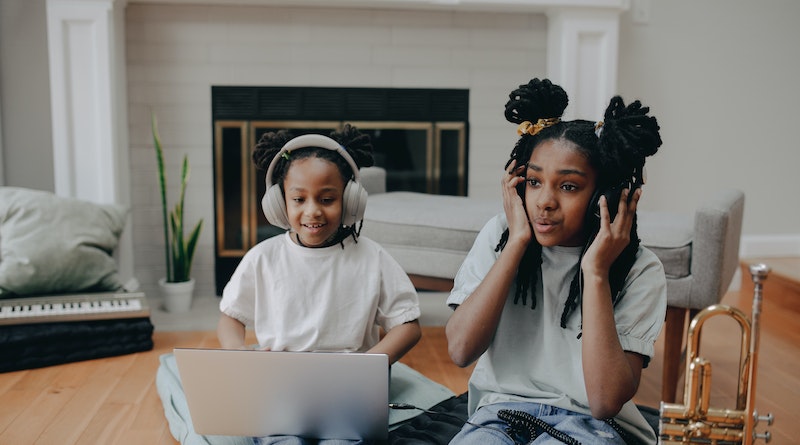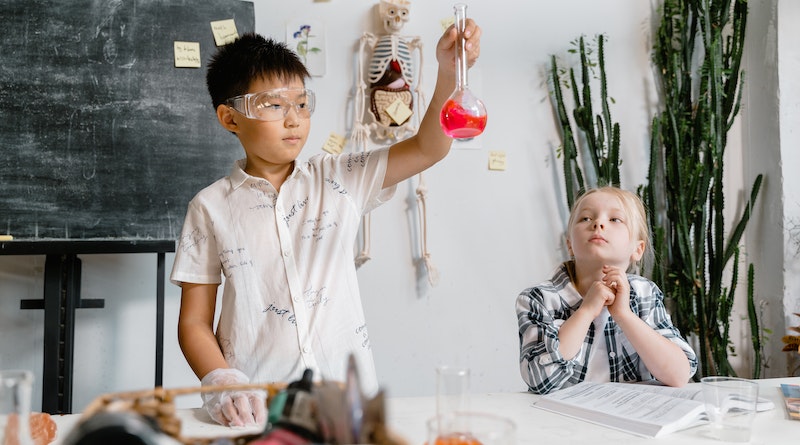How Binaural or 8D Music can Help Children with ADHD
If you’ve heard of binaural or 8D music, you may have wondered what it is and how it can help kids with ADHD. Binaural or 8D music is a type of sound technology that uses a technique known as binaural beats to stimulate the brain and create a sense of relaxation. This type of music has become increasingly popular among those with attention-deficit/hyperactivity disorder (ADHD) as it has been found to help improve focus, concentration, and even reduce stress.
What is binaural or 8D music?
Binaural or 8D music is a special type of audio recording technique that involves the use of two microphones and processing of the audio to create a 3D sound experience. This technique has become increasingly popular in recent years, especially in the music industry. It works by sending different sounds to each ear and creating an immersive experience for the listener. This 3D sound experience can help to create an atmosphere of relaxation, as well as providing a distraction from stress and anxiety.
For children with Attention Deficit Hyperactivity Disorder (ADHD), this type of music can be particularly beneficial. It can help reduce both physical and mental hyperactivity to focus the mind, while also providing calming and soothing effects. 8D sound can also help to reduce impulsivity and distractibility, enabling better concentration and focus. By providing a distraction from stressful thoughts and worries, binaural or 8D music can be a great tool to help children (and yes, adults too!) with ADHD manage their symptoms.
How does it work?
8D music is a type of sound therapy that uses specially-designed music or sounds to help improve mental focus and calmness. The music is created using binaural beats, which are two slightly different frequencies played in each ear separately. When the two sounds are combined, it creates a unique rhythmic beat that can help improve focus, reduce stress, and even improve memory.
The idea behind this form of therapy is that by playing these different tones into the ear at the same time, it can help synchronize the two hemispheres of the brain. This synchronization helps reduce distractions and improve concentration, while simultaneously calming the body and mind. Additionally, research suggests these beats may have a direct effect on the electrical activity of the brain, resulting in improved brain functioning and cognition.
By listening to this type of music, children with ADHD can focus better and be less prone to distractions. As an added benefit, it can also increase creativity and provide an outlet for relaxation.
Binaural music can be a powerful tool for helping those with ADHD gain control over their lives and increase their ability to focus and concentrate. With regular use, this form of therapy can help improve cognitive functioning and overall well-being.
How can it help kids with ADHD?
8D music is a unique form of sound therapy that can help kids with ADHD to focus and relax. It has been used in numerous studies to show improvements in attention, mood, behavior, and learning. This type of music uses two audio channels that are played together in different stereo effects to create a sense of depth and motion. It is designed to provide calming and soothing sounds that help to ease the mind, which can be beneficial for children with ADHD.
The binaural beats work by playing a frequency in one ear and a slightly different frequency in the other ear. This causes the brain to synchronize the two frequencies, creating a state of relaxation and improved focus. The different frequencies can also create auditory illusions that help to stimulate the brain, resulting in improved concentration and focus.
In addition to the calming effects of binaural music, it can also help children with ADHD learn better by increasing their focus and improving their ability to remember information. It has been found to be effective in reducing distractibility, improving executive function, and helping with impulse control.
Overall, 8D music can be an effective way to help kids with ADHD to focus, relax, and learn. By providing calming and soothing sounds, it can help to reduce hyperactivity and improve concentration and attention. Additionally, the auditory illusions created by the frequencies can help to stimulate the brain for improved memory retention and learning.
Are there any risks associated with using binaural or 8D music?
Using binaural or 8D music to help children with ADHD can have a positive effect, but there are some risks to consider. Binaural or 8D music is designed to help focus the mind and can have calming effects on those who listen to it. However, it’s important to note that not all binaural or 8D music is created equal, and some of it may have content that could be inappropriate for children.
It’s also important to make sure that any binaural music you play for children with ADHD is age-appropriate. While many of these tracks are designed to help focus and create a calming environment, it’s important to take into account any sensitivities the child may have. If the music is too stimulating or intense, it could have the opposite effect of what you’re trying to achieve.
Additionally, experts caution against the use of binaural music as a substitute for actual treatments and therapies. While this type of music can be helpful in supplementing an existing treatment plan, it should not be relied upon as a sole method of treatment.
Garcia-Argibay M, Santed MA, Reales JM. Binaural auditory beats affect long-term memory. Psychol Res. 2019 Sep;83(6):1124-1136. doi: 10.1007/s00426-017-0959-2. Epub 2017 Dec 8. PMID: 29222722.



